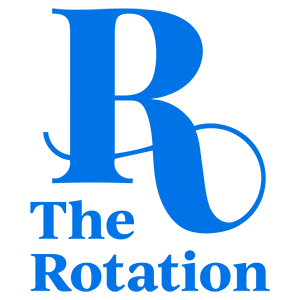“Test, exam, board, step”—these words tend to make a medical student’s hands get clammy, mouth get dry, heart beat fast, and stomach drop. Since you’re a med student, you probably know that these are all signs of being anxious or otherwise known as “test anxiety.” You also probably know that even worse symptoms such as sleep loss, uneasiness, and self-doubt can also be prominent . . . not ideal when you’re getting ready to take the USMLE or COMLEX.
Even though it’s normal to have test anxiety (almost everyone experiences it at some point), you don’t want it to inhibit your abilities while you’re taking one of the most important exams of your life. Although test-taking is a skill not everyone has, there are six ways for you to minimize your test anxiety. Let’s check them out!
1. Imitate your testing environment
By taking practice NBMEs and full-length exams, you can imitate how much time you’ll have, and how much stress you’ll be under. That way, when it’s the real deal, you won’t be as nervous because it’s like you’ve already done it before! When you are first learning, it’s helpful to use tutor mode and to leave the practice exams untimed; but to get the full effect you need to turn tutor mode OFF and the timer ON.
2. Good vibes only
When you’re in a stressful situation, it’s easy to let the mind wander and think of “what if” scenarios, but try to block out negative thoughts and stay focused. Thinking things like, “I’ve studied hard, I can do this,” or “I’m going to do the best that I can” can help keep you calm and positive.
3. Learn and practice relaxation techniques
If you feel your anxiety coming on, stop and take a few deep breaths. It might take 10–20 seconds of your time, but it will help you refocus and calm down.
4. Take the pressure off
Don’t frame the USMLE as “this horrible test that defines your future.” Think about it as reviewing what you experienced during clerkship and the knowledge you learned from the doctors and residents you worked under. Once it’s time to take the test, there’s nothing you can do but accept that you studied as much as you could, and therefore can only do the best you can possibly do.
5. Relax your muscles
Progressive muscle relaxation (PMR) is a way to counteract the fight-or-flight response brought on by stress and anxiety. To partake in PMR, start by purposely applying tension to specific muscle groups, and then stop the tension, so you can feel the muscle relax and the tension release. Although PMR takes practice, once you’ve got a handle on it you’ll be able to induce muscle relaxation when you feel anxious tension coming on.
6. Write down your worries
Before you take your boards, spend some time writing down your thoughts, feelings, and worries for the test. Take 5–10 minutes to do this, and get them all out on a piece of paper. Although you don’t want to dwell on negative thoughts, spending a short amount of time doing this can be therapeutic, and it’s better to get it all out now versus during the test.
I hope that these six tips help you manage your anxiety, or at least provide a place to start when figuring out solutions. And lastly, if you start to notice that your test anxiety is becoming too hard to manage, and is taking its toll on you and your scores, seek out professional help. It’s always better to talk to an expert than to try to figure it out on your own, and they might be able to offer solutions that you couldn’t come up with yourself. Remember that many people are affected by test anxiety, and it’s nothing to be afraid of.



